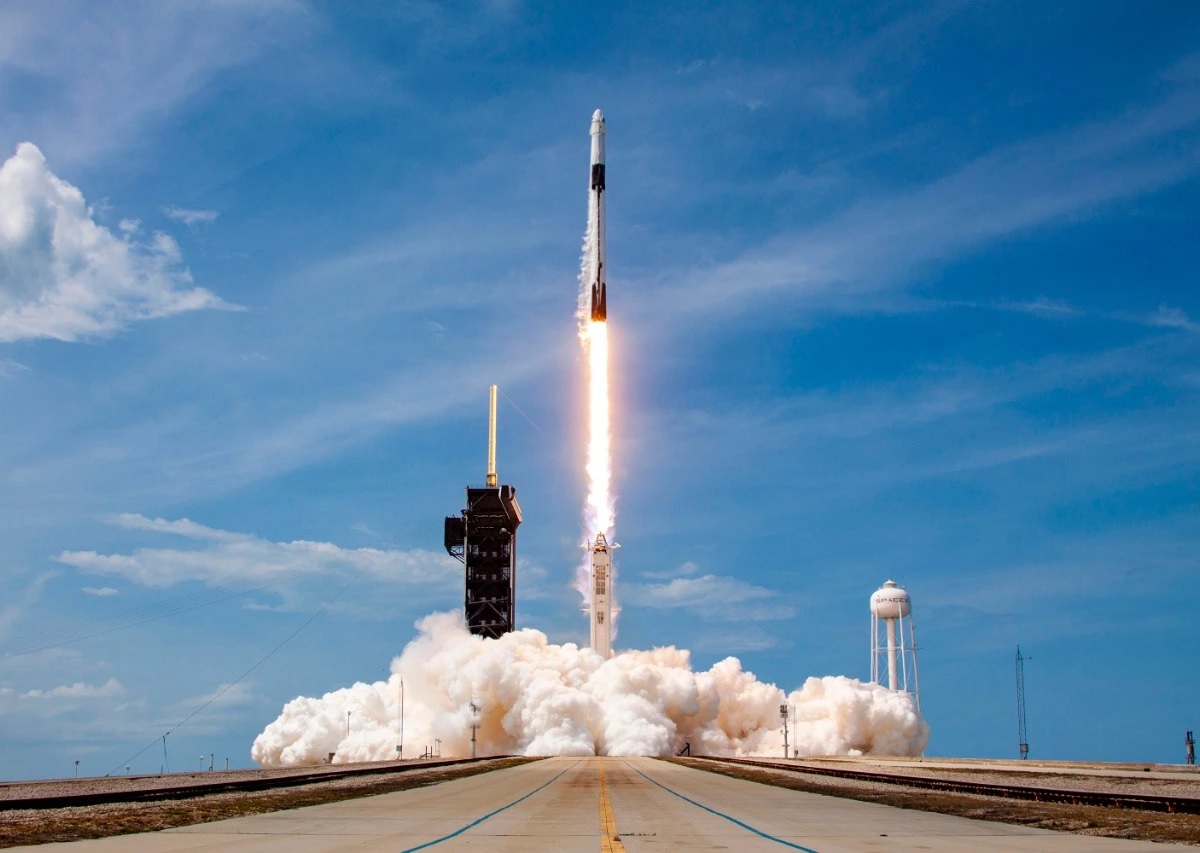RIO DE JANEIRO, BRAZIL – The satellites were acquired by the Brazilian federal government, in 2020, through the Finnish company Iceye; it was the company that contracted SpaceX to do the launch.
The two new Brazilian satellites, acquired by Brazil through the Finnish company Iceye in 2020, were launched from the Cape Canaveral space base in Florida, United States, on Wednesday, May 25. The launch was broadcast live on social networks.
SpaceX, a company owned by billionaire Elon Musk, was contracted by Iceye to launch the satellites and put them into orbit with the Falcon 9 rocket. This negotiation did not involve the Brazilian government.

Named Carcará I and Carcará II, after the Brazilian bird of prey, the federal government says it bought the satellites with funds from the Defense Ministry’s budget. Both cost US$33 million and are part of the Lessonia Project.
According to the Brazilian Air Force (FAB), they will allow areas of interest to the country to be monitored continuously to combat crimes such as drug trafficking and monitor natural disasters.
The operation will only begin in November because the equipment needs this time to adapt to the orbit, says FAB. Details on how this monitoring will be carried out, such as issuing alerts to public security or environmental agencies, have not been disclosed.
“The images captured by the satellites will be used to support the fight against drug trafficking and illegal mining, update cartographic products, determine river navigability, visualize fires, monitor natural disasters, monitor the Exclusive Economic Zone (EEZ), and support border surveillance and control operations, among other capabilities,” it says.
The Commander of the Brazilian Air Force, Carlos de Almeida Baptista Junior, also says that the satellites will use radar technology to observe the terrain even when there is cloud cover with high-resolution images.
“They are more accurate than satellites that make optical scans, which have a more limited reading because they do not ‘pierce’ the clouds and restrict our ability to monitor regions like the Amazon,” he said.
However, this statement is contested by Gilberto Câmara, a satellite surveillance specialist with a track record of more than four decades working in the environmental area.
He was director of the National Institute for Space Research (Inpe) between 2005 and 2012 and director of the United Nations body that works with Earth observation (Group on Earth Observations) from 2018 to 2021.
“We already have a surveillance system that is admired around the world. INPE’s (National Institute for Space Research) work has 1,500 scientific articles. These two satellites have no scientific proof.
“In science, there is no allegation; there is proof and scientific evidence. They talk about a rare technology, but we don’t know if it is accurate. Every week INPE updates the mapped situation with alerts. How will these new ones be issued?
“I can assure you that there is no system today that offers Brazil’s quality for monitoring tropical forests. Our system is the only one that has the necessary characteristics,” says Câmara.
Since 1988, the INPE, linked to the Ministry of Science and Technology, receives and processes data on forest loss. According to the institute itself, the images are obtained via satellite, and the level of accuracy is 95%.
According to FAB, each satellite is one cubic meter in size, weighs about 100 kg, and has five solar panels.
With information from G1

